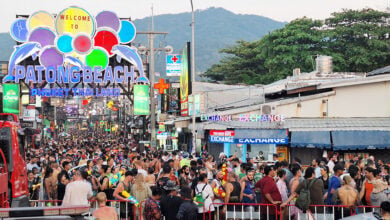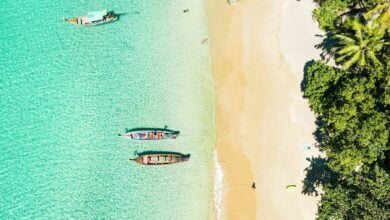Officials buoyant about tsunami buoy test success

CAPE PANWA: The Deep-Ocean Assessment and Reporting of Tsunamis II (DART2) tsunami-detection buoy – now anchored about 1,100 kilometers off the the west of Phuket, near the Andaman and Nicobar Islands – has been tested and found to be functioning properly, broadcasting readings of seabed water pressure to research centers onshore.
MV Seafdec, the Royal Thai Navy vessel responsible for deploying the buoy, returned safely to port at Cape Panwa on Wednesday. The head of the National Disaster Warning Center (NDWC), Dr Smith Thammasaroj, used the occasion to allay concerns in the Thai press that the Japanese system was far better.
Dr Smith said that the Japanese system, aside from its cost of about one billion baht, was impractical for local conditions. The Japanese system uses a cable attached to land, and since the buoy is located more than 1,000 kilometers from Phuket, the length of the cable would be impractical and could interfere with shipping traffic.
He went on to say that the US National Oceanic and Atmospheric Administration had used the DART system for more than 30 years in the Pacific without any problems.
Dr Smith said that the transmitter relayed information to the NDWC headquarters in Nonthaburi every hour, but once it detected tsunami activity, it would begin constant transmission.
Join the conversation and have your say on Thailand news published on The Thaiger.
Thaiger Talk is our new Thaiger Community where you can join the discussion on everything happening in Thailand right now.
Please note that articles are not posted to the forum instantly and can take up to 20 min before being visible. Click for more information and the Thaiger Talk Guidelines.
Leave a Reply
You must be logged in to post a comment.







